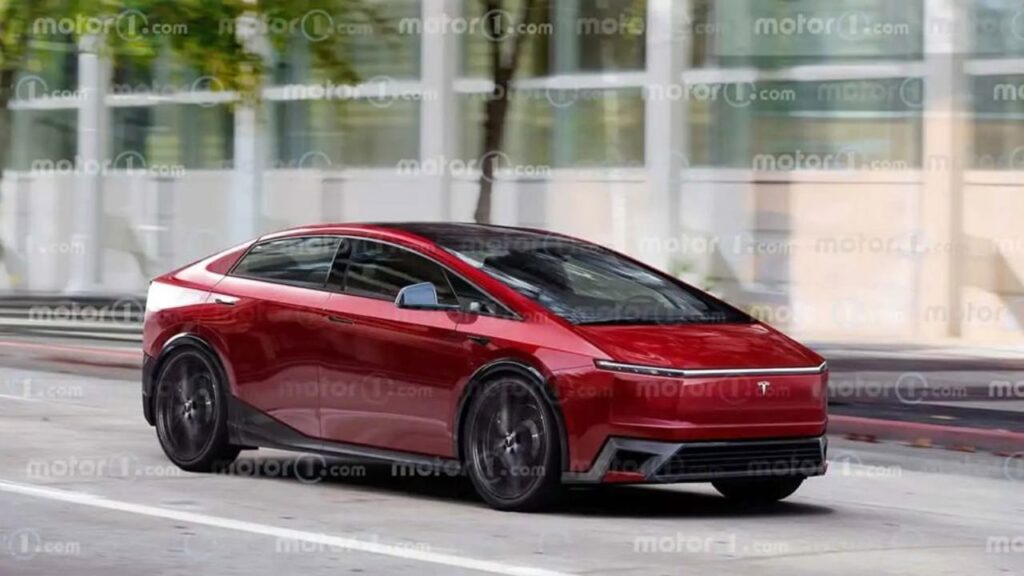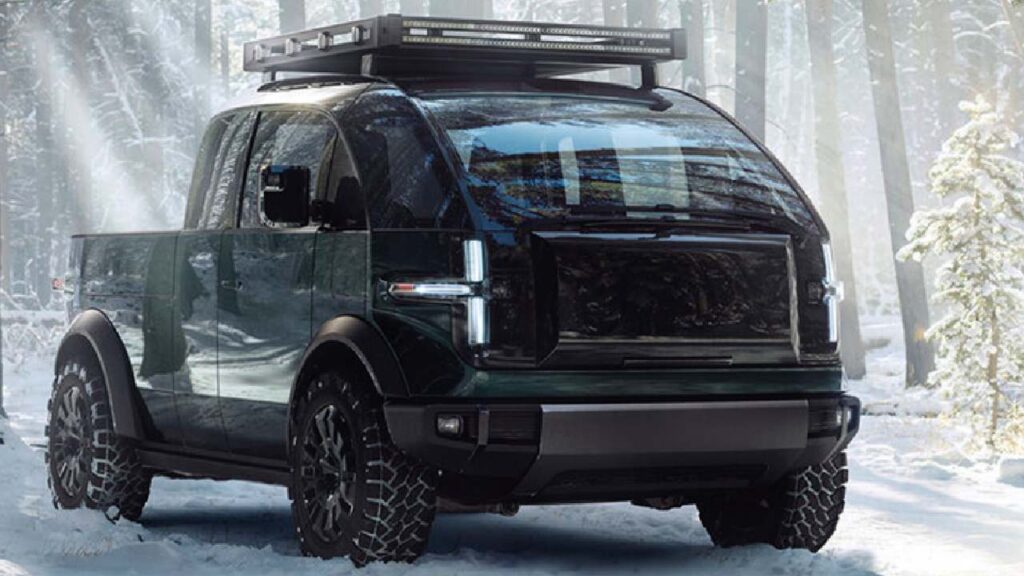Electrification of cars is inevitable going forward, which is why it is imperative to immerse ourselves in devising solutions to imminent issues with regard to EV batteries. With the ever-growing number of electric vehicle batteries, recycling is bound to be among the biggest challenges going forward. These batteries can be volatile if processed improperly. For example, if Lithium is exposed to air, it can react with oxygen, leading to fires, explosions, and toxic fumes. In fact, Lithium batteries are responsible for a large proportion of all fires in waste processing facilities across various parts of the world. This makes discarding them in landfills a dangerous and unsustainable solution. However, the same properties that make batteries hazardous in landfills also make recycling them challenging. EV batteries, laden with materials like aluminium, steel, cobalt, manganese, nickel, and copper within a robust protective shell, require intricate processes for recovery. Let us acquaint ourselves with the methods of EV battery recycling, as well as the hurdles accompanying them. You might also like: How Are EREVs Different From BEVs, PHEVs or HEVs? You might also like: How to Prevent Effects of Extreme Hot & Cold Weather on EV Batteries? Methods of Recycling Electric Vehicle Batteries Hydrometallurgical and Pyrometallurgical Processes EV batteries contain recyclable materials, and to recover these elements, recycling facilities employ pyrometallurgical and/or hydrometallurgical processes. In the hydrometallurgical process, batteries are mechanically shredded and burnt, creating a ‘black mass.’ This mass undergoes further processing to recover recyclable materials. Conversely, the pyrometallurgical process involves rinsing the battery in acid to create a “chemical soup,” from which recyclable elements can be recovered. Both methods necessitate careful management under controlled conditions to protect both workers and the environment. Energy-Intensive Challenges and Limited Facilities The number of EV battery recycling facilities worldwide is limited, with only two existing in Europe. The process is energy-intensive, emitting greenhouse gases during battery burning, and generating a significant amount of non-recyclable waste. Beyond the European Union, health, safety, environmental, and working conditions in these facilities lack careful control, potentially causing more severe impacts. Currently, only 5% of lithium-ion batteries are recycled due to the complexity and expense of the recycling process. You might also like: New 3D Technology Claims To Make EV Batteries Safer Direct Recycling Researchers are exploring direct recycling as a more efficient solution. In this process, the cathode mixture remains intact, eliminating the extensive processing needed to salvage reusable components. The efficient recycling of old batteries not only prevents hazardous waste and emissions but also provides an alternative to environmentally destructive mining for raw materials. However, achieving these benefits depends on making the entire process more efficient and affordable. Re-Use EV Battery Re-use presents an attractive alternative, considering that end-of-life Lithium-ion batteries (LIBs) typically retain 70-80% storage capacity. Although unsuitable for electric vehicles, these batteries can find a second life in static storage applications, such as energy storage systems for solar or other renewable technologies. Companies like Nissan, Renault, and Volkswagen are taking steps towards a more sustainable future by accepting end-of-life batteries for recycling. You might also like: Which is Better EV Battery Cooling System – Liquid or Air? Challenges in Re-Using EV Batteries Despite the potential, re-use faces challenges. First, the diverse design and chemistry of the first-generation EV batteries reaching end-of-life make them incompatible for use together. Second, while the volume of end-of-life batteries in 2030 could generate a substantial amount of energy, the demand for stationary storage in the EU is likely to to be much lower. Lastly, current EU regulations, particularly the Waste Batteries Directive, prioritize appropriate collection and recycling, leaving the re-use of batteries unaccounted for. Learn Electric Cars Says The challenge in EV battery recycling lies in both technology and scale. Developing and scaling up dismantling and recycling techniques, including robotic automation and direct recycling, is essential. Manufacturers also play a crucial role by designing batteries with recycling in mind. While challenges exist, the journey toward sustainable battery recycling is vital for minimizing environmental impact, reducing reliance on mining, and fostering economic opportunities. As we navigate this path, collaboration between manufacturers, researchers, and policymakers will be key to creating a circular and sustainable battery economy.










